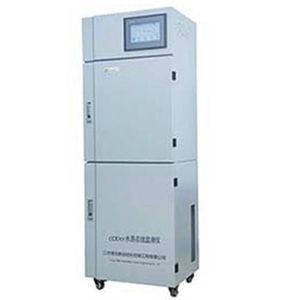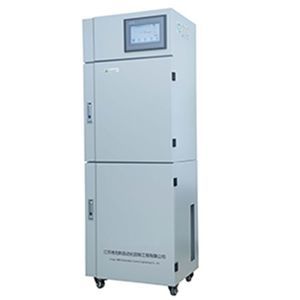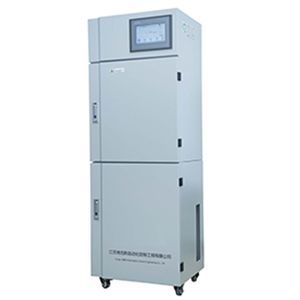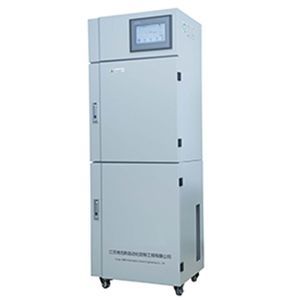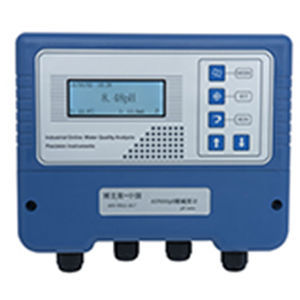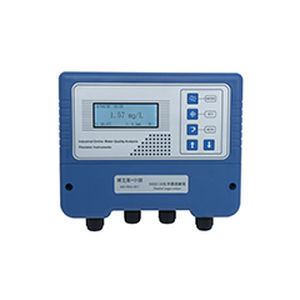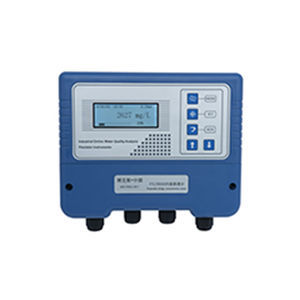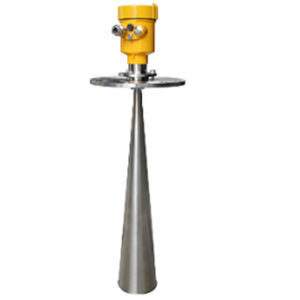
- Metrology - Laboratory
- Analytical Instrumentation
- Water analyzer
- Jiangsu Flowna Intelligent Technology Co. Ltd

- Products
- Catalogs
- News & Trends
- Exhibitions
Nitrogen analyzer FL-N07ammoniawaterwastewater
Add to favorites
Compare this product
Characteristics
- Measured entity
- nitrogen, ammonia, water, wastewater, organic matter
- Application domain
- monitoring, process
- Measured value
- concentration
- Configuration
- online
- Mode of use
- automatic
Description
Ammonia nitrogen in water refers to ammonia in the form of free ammonia, which mainly comes from the decomposition products of nitrogen-containing organic matter in domestic sewage under the action of microorganisms, industrial wastewater such as coking synthetic ammonia, and farmland drainage. When the content of ammonia nitrogen in water is high, it is toxic to fish and harmful to human beings to varying degrees. Determination of ammonia nitrogen content in water is helpful to evaluate water pollution and "self-purification", so ammonia nitrogen is an important index to characterize water pollution.
Fundamental principles
After the water sample is mixed with the masking agent, Ammonia nitrogen formed by free ammonia or ammonium ions reacts with salicylic acid color reagent to form a colored complex in alkaline environment and the presence of sensitizer. The analyzer detects the color change and converts this change into ammonia nitrogen value for output, and the amount of colored complex generated is equivalent to ammonia content.
Application field
On-line monitoring of industrial pollution source wastewater
On-line monitoring of industrial process water
On-line monitoring of import and export water quality of municipal sewage treatment plant
On-line monitoring of river, lake, reservoir and groundwater quality
Other Jiangsu Flowna Intelligent Technology Co. Ltd products
FLB Series Analyzer
Related Searches
- Gas analyser
- Concentration analyser
- Monitoring analyser
- Liquids analyser
- Desktop analyzer
- Automated analyzer
- Dust analyzer
- Process analyser
- Water analyser
- Laboratory analyser
- RS485 analyser
- Trace analyser
- PH meter
- Nitrogen analyser
- Digital pH meter
- Wastewater analyzer
- Multi-channel analyser
- Portable pH meter
- Conductivity meter
- Process pH meter
*Prices are pre-tax. They exclude delivery charges and customs duties and do not include additional charges for installation or activation options. Prices are indicative only and may vary by country, with changes to the cost of raw materials and exchange rates.

